A historic gold trove of 22 gold objects have been found on the outskirts of a cornfield close to the town of Jelling, which served as the Royal seat for Danish kings during the Viking Age and is home to the Jelling stones.
The find, weighing nearly a kilogram, was made at the end of December 2020 by an inexperienced hobby archaeologist.
Since then, specialists from the Vejle Museum and the National Museum have in all discretion closely studied the numerous gold objects that are believed to have been hidden under the South Jutland soil for 1,500 years.
Even seasoned experts are overwhelmed and have had a hard time finding superlatives to describe their enthusiasm.
"On a scale from 1 to 10, this find is a twelver. It is on a par with the Golden Horns [of Gallehus]," Morten Axboe, museum inspector emeritus at the National Museum, told Danish Radio, alluding to the 5th-century find from the early Germanic Age which were found in 1639 and 1734.
His colleague and fellow National Museum inspector Peter Vang Petersen couldn't hide his joy either.
"It is the most beautiful gold find I have seen in my years as inspector. This is world class. It really is a dream find," he said.
The majority of the golden objects are so-called bracteates or single-sided medals worn as jewellery popular during the Migration Period of the Germanic Age.
"Some of the bracteates are bigger than matchboxes, and then there is the quality of the gold. It is actually quite heavy," Mads Ravn, the head of research at the Vejle Museum said.
However, it is not only the size of the medals that is exceptional. The decoration is important too.
"It's professional craftsmanship. Really top class!", Peter Vang Petersen of the National Museum said.
Several of the bracteates feature runic writings and detailed motifs of divine and mythological figures, which provide an insight into proto-Scandinavians' beliefs from around the 450-500 AD period, to which, according to Morten Axboe, the bracteates date back.
Morten Axboe's hypothesis is that the golden trove was a sacrificial gift that was "to make the sun shine again". The thing is that in the year 536, the world is thought to have been plagued by what is now seen as climate catastrophe.
Comment: Indeed, it has been called by some as the 'worst year to be alive': 536 AD: Plague, famine, drought, cold, and a mysterious fog that lasted 18 months
The sparse written sources from that time described that the sun "lost its strength" that year. Italian sources reported that it had acquired a bluish tinge and didn't shine brightly enough to cast shadows, even in the middle of the day. In other parts of the world, frost was reported during summer, resulting in poor harvests and famine.
Axboe's hypothesis is that the massive golden trove was sacrificed in a desperate attempt to win back Earth's nearest star.
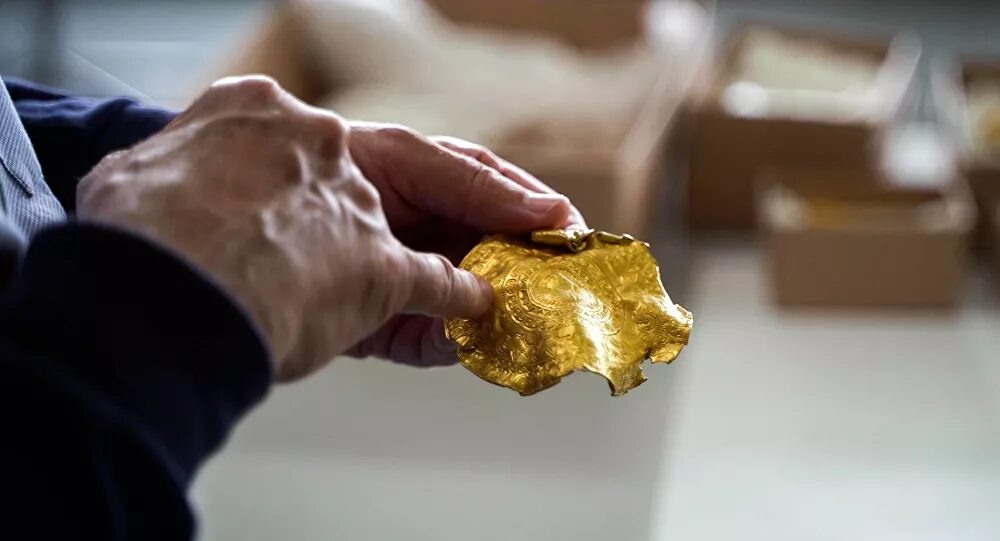
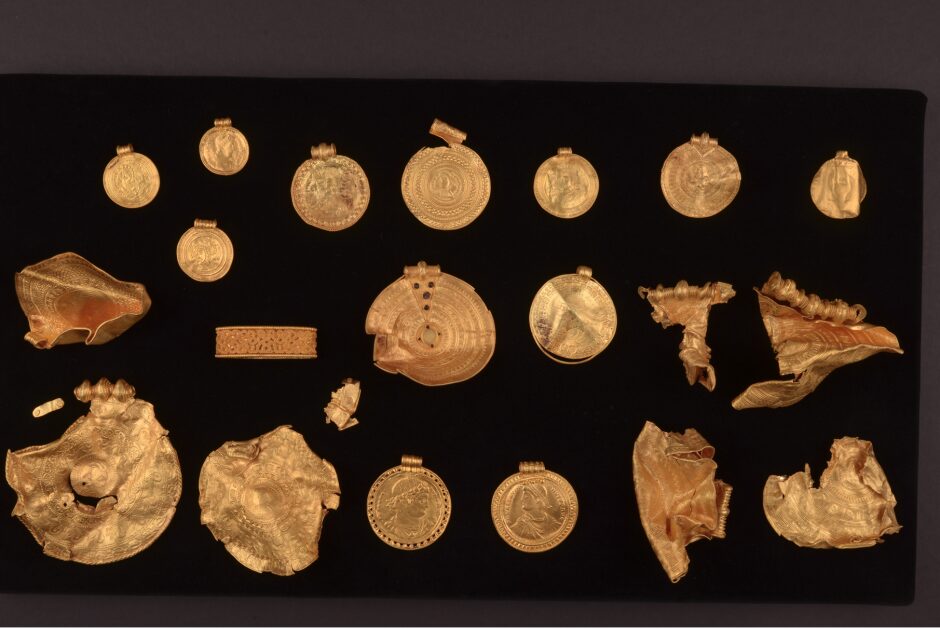
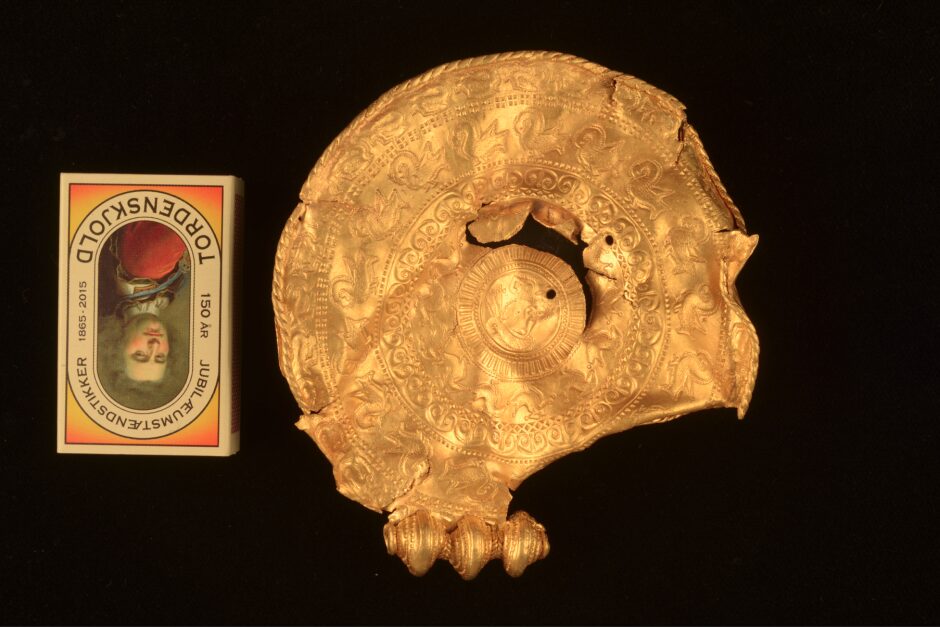
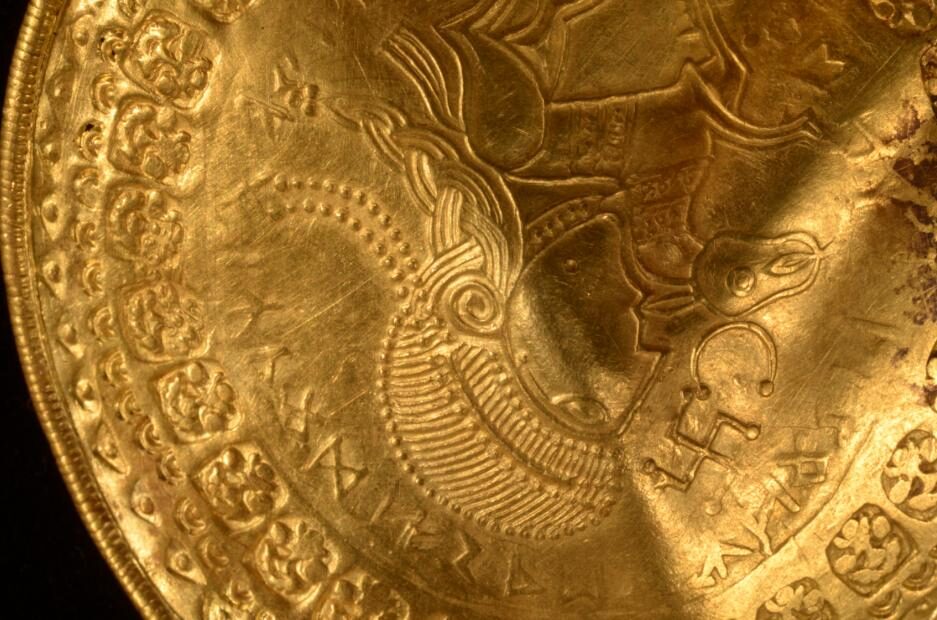
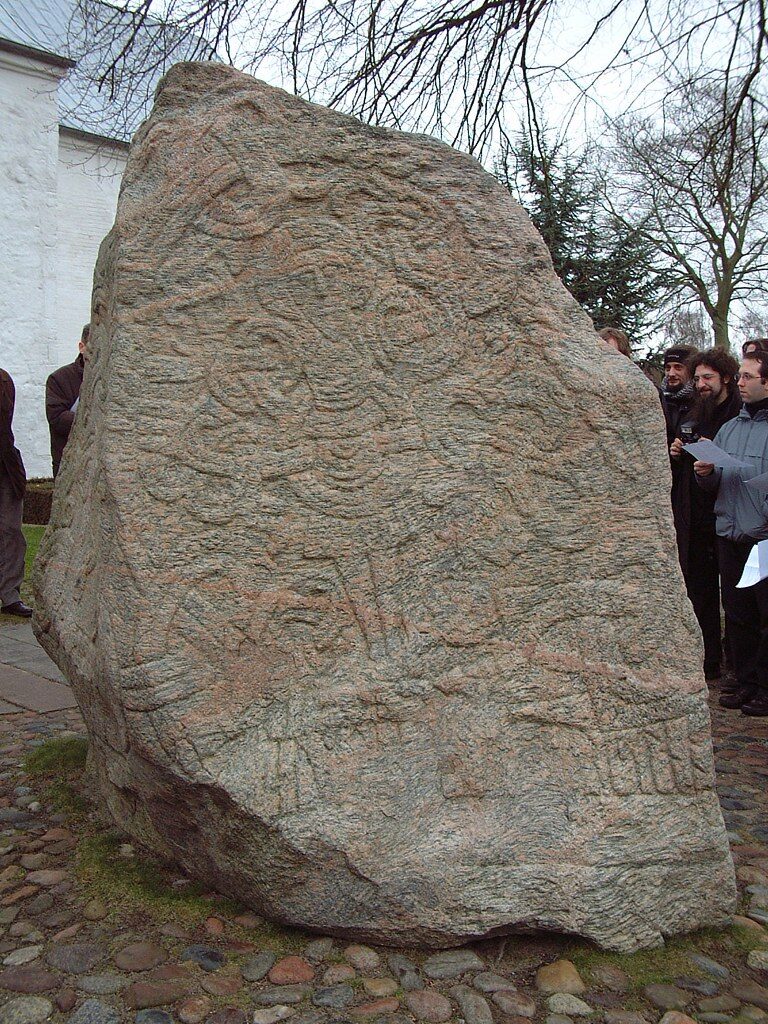



Most likely it was stolen from a wealthy deceased person and hidden but never retrieved.
Even 1,500 years ago, no one was stupid enough to bury gold to make the sun shine. The fact that experts believe that now is what's stupid.